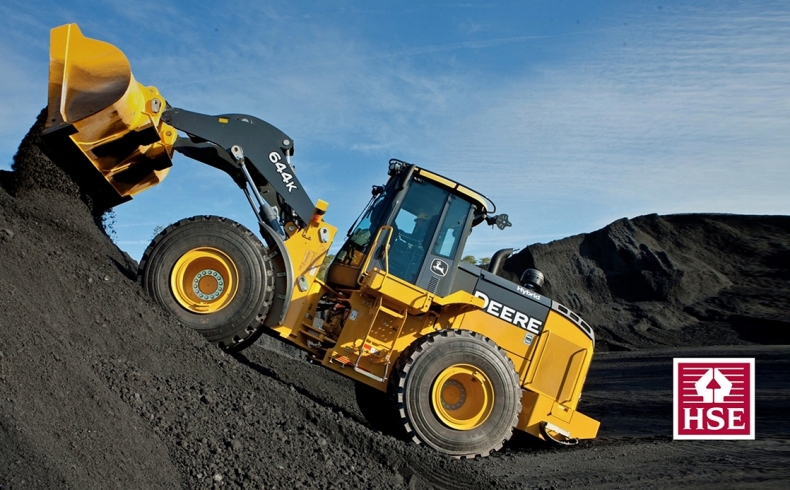09/11/2021
Addressing blind spot safety for wheeled loading shovels

Used extensively in construction, biomass, waste and recycling industries, wheeled loading shovels are very useful and versatile site vehicles. They have a centre pivot design that makes them very quick and manoeuvrable, especially compared to vehicles using conventional steering.
To keep drivers safe, a steel structure surrounds the cab area. It’s called a Rollover Protective Structure (ROPS). This keeps the driver safe if the vehicle overturns. However, the large pillars built into the ROPS can sometimes obscure the driver's view. The driver’s forward visibility can also be hampered by the bucket, especially when loaded (some machines are fitted with larger capacity buckets). Big mirrors and bright sunlight can also pose a problem to the driver.
Drivers operating loading shovels have to concentrate, especially when they are loading or unloading the front bucket. If someone walks directly behind the machine when the driver is fully occupied, it’s doubtful they’re visible.
Sadly, according to a recent HSE report, there have been nine fatal vehicle-pedestrian collisions in the past four years involving loading shovels in the UK.
For quite some time specialist suppliers and manufacturers have been developing camera systems to address the visibility problems associated with these vehicles. At present the technology is still being developed and is not widely available.
To create a safer site the HSE recommends there should be clear and rigorous segregation between pedestrians and vehicles.
For additional safety, a proximity warning system, such as MyZone can be used to address vehicle blind spots. MyZone uses a low radio frequency (autonomous from any IP network) to set up a virtual exclusion zone around a management defined safety hazard. The system creates a 360° warning zone.
MyZone is mandated by Colas Rail in the UK and is a Network Rail approved product.